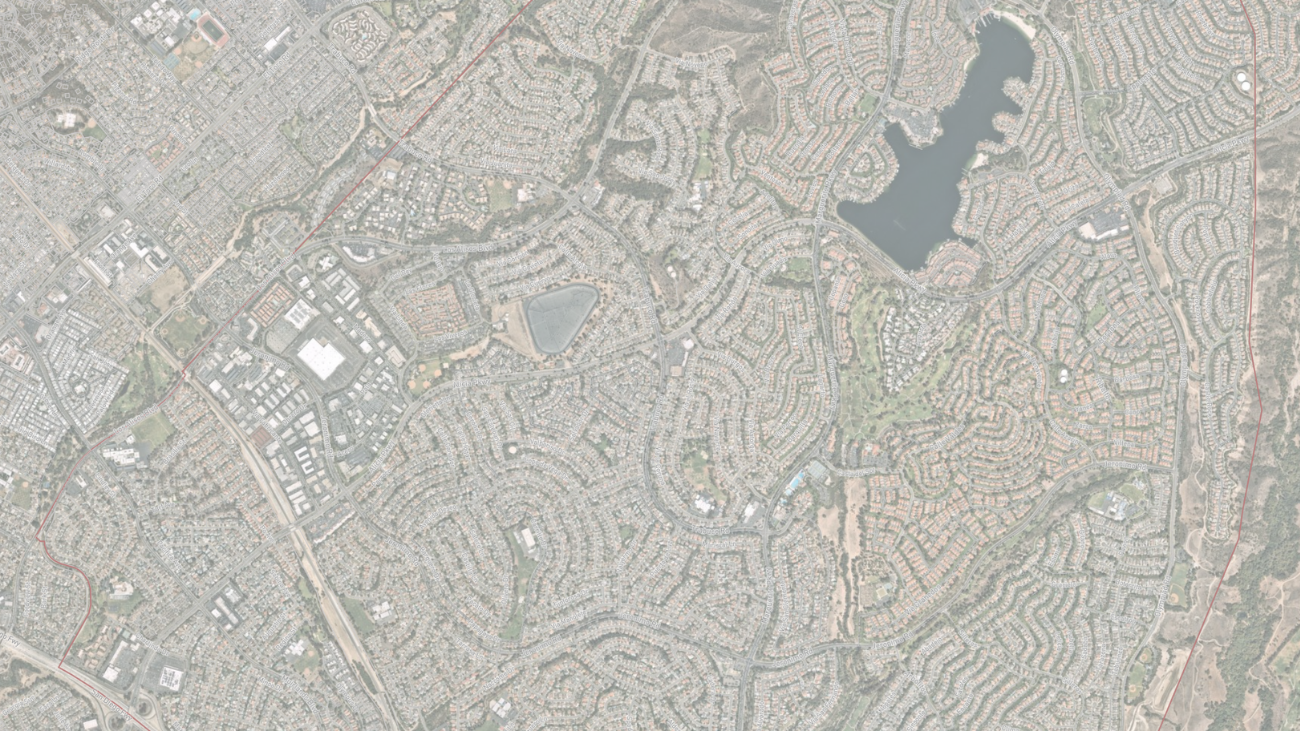Housing FAQ's
Housing Element Update FAQs
Please see the Mission Viejo 6th Housing Element 2021 FAQs for more information.
What is a Housing Element?
State law1 requires each city to adopt a comprehensive, long-term General Plan for its physical development. Mission Viejo's General Plan2 is divided into the following eight "elements" or chapters that contain goals, policies and programs which are intended to guide land use and development decisions:
- Land Use
- Housing
- Circulation
- Conservation/Open Space
- Public Safety
- Noise
- Economic Development
- Growth Management
The purpose of the Housing Element is to evaluate the housing needs of Mission Viejo's current and future residents and set forth policies and programs to address those needs.
While most portions of General Plans typically have a time horizon of 20-25 years, State law requires that the Housing Element be updated in 8-year "cycles." The City is currently preparing a Housing Element update for the 2021 to 2029 planning period, which is referred to as the "6th Housing Element cycle" in reference to the six required updates that have occurred since the comprehensive revision to State Housing Element law in 1980.
State law3 establishes detailed requirements for Housing Elements, which are summarized in California Government Code Section 65583:
The housing element shall consist of an identification and analysis of existing and projected housing needs and a statement of goals, policies, quantified objectives, financial resources, and scheduled programs for the preservation, improvement, and development of housing. The housing element shall identify adequate sites for housing, including rental housing, factory-built housing, mobile homes, and emergency shelters, and shall make adequate provision for the existing and projected needs of all economic segments of the community.
HCD Annual Progress Report Dashboard
Each jurisdiction must prepare a Housing Elements Annual Progress Report (APR) on the jurisdiction's status and progress in implementing its housing element. This report includes data on jurisdictions' progress towards their housing goals, including data on all housing development applications, entitlements, building permits, and completions. Learn more about Annual Progress Report requirements. The dashboard summarizes and display data submitted on the APR's. Raw data is available for download below the dashboard window, on the HCD webpage.
What are the most important issues that must be addressed in the Housing Element update?
The major issues that must be addressed in the Housing Element update are: 1) how City policies, plans and regulations help to meet the region's housing needs for persons and families of all income levels; and 2) how City land use regulations accommodate the special housing needs of those with disabilities or other difficulties.
- Accommodating Regional Housing Needs. Under State law4 all cities are required to plan for additional housing to accommodate population growth and address existing housing problems such as overcrowding and high housing cost. State law recognizes that cities generally do not build housing, since that is typically the role of private and non-profit developers and builders. However, cities are required to adopt policies, development regulations and standards to encourage a variety of housing types that are affordable for persons of all income levels. The Regional Housing Needs Assessment ("RHNA") is the method by which each jurisdiction's share of new housing needs is determined (see #3 below).
- Housing for Persons with Special Needs. Under State law5 cities must also ensure that their plans and regulations encourage the provision of housing for persons with special needs including:
-
Reasonable accommodation for persons with disabilities
-
Transitional housing
-
Supportive housing
-
Emergency shelters and other facilities serving the homeless
-
Accessory dwelling units ("ADUs")
What is the "RHNA" why is it important?
Each California city is required to plan for new housing to accommodate a share of regional needs. The Regional Housing Needs Assessment ("RHNA") is the process established in State law6 by which housing needs are determined.
Prior to each planning cycle the total new housing need for each region of California is determined by HCD based upon economic and demographic trends, existing housing problems such as overcrowding and overpayment, and additional housing needed to ensure reasonable vacancy rates and replace units lost due to demolition or natural disasters.
Mission Viejo is located within the Southern California Association of Governments ("SCAG") region, which includes Los Angeles, Orange, Riverside, San Bernardino, Imperial and Ventura counties. The total housing need for the SCAG region is distributed to cities and counties by SCAG based upon objectives and criteria established in State law.7
In 2019 HCD determined that the total new housing need for the entire SCAG region in the 6th Housing Element cycle is 1,341,827 units. Subsequently SCAG prepared a methodology for distributing the RHNA allocation to jurisdictions within the region and in March 2021 SCAG adopted the final RHNA Plan for the 6th cycle.8 Table 3 shows the RHNA allocations for Mission Viejo, Orange County, and the entire SCAG region.
Table 3. 6th Cycle RHNA - Mission Viejo, Orange County and SCAG Region
| Mission Viejo | Orange County | SCAG | |
|---|---|---|---|
| Housing need allocation 2021-2029 | 2,217 | 183,861 | 1,341,827 |
| Source: SCAG, 3/4/2021 |
The RHNA also allocates each jurisdiction's total housing need into four income categories (the extremely-low and very-low categories are combined for RHNA purposes). Mission Viejo's 6th cycle RHNA allocation by income category is shown in Table 4.
Table 4. 6th RHNA by Income Category - Mission Viejo
| Extremely Low + Very Low | Low | Moderate | Above Moderate | Total |
|---|---|---|---|---|
| 674 | 401 | 397 | 745 | 2,217 |
| Source: SCAG, 3/4/2021 |
1. California Government Code Sec. 65300 et seq. / 2. https://cityofmissionviejo.org/departments/community-development/planning/general-plan. / 3. California Government Code Sec. 65580 et seq. / 4. California Government Code Sec. 65583. / 5. California Government Code Sec. 65583(a)(5). / 6. California Government Code Sec. 65584 et seq. / 7. California Government Code Sec. 65584(d). / 8. https://scag.ca.gov/housing.

